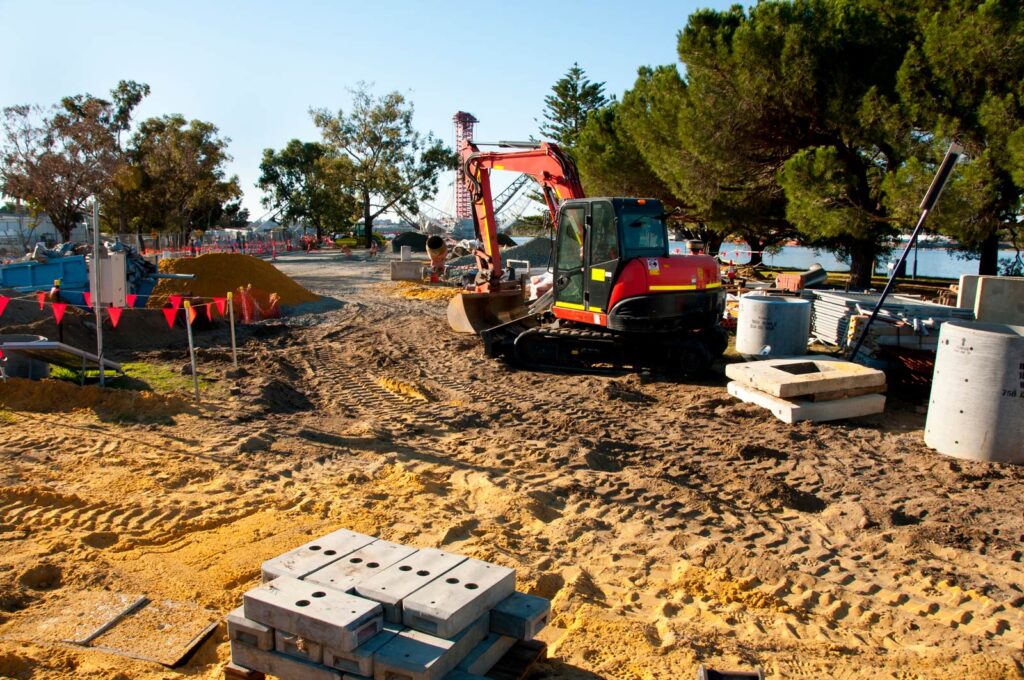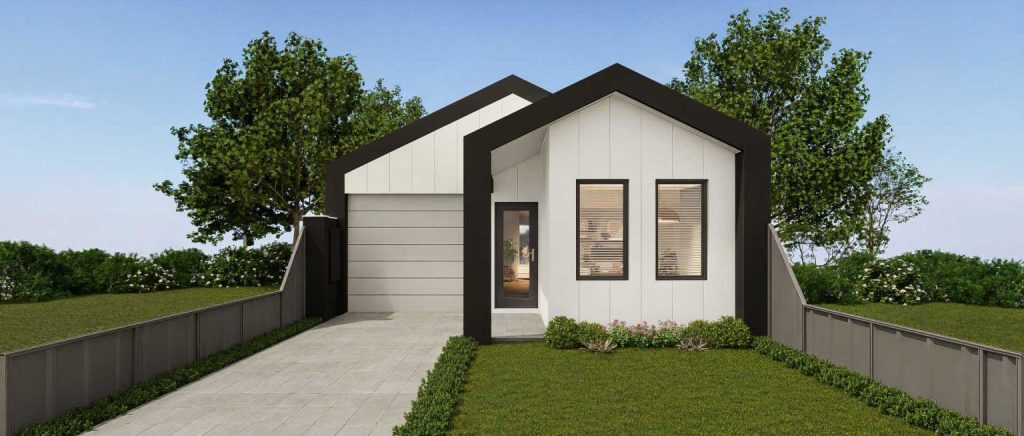Current State of Perth’s Building Market
Perth’s building industry has shown remarkable resilience and growth in 2025, despite ongoing challenges in the broader Australian construction sector. The market has evolved significantly from previous years, with several key indicators pointing to a stabilising industry after periods of volatility.
The residential construction sector in Perth has experienced a 7.3% growth compared to 2024, driven primarily by increased demand in middle-ring suburbs and a steady influx of interstate migration. Commercial construction has seen more modest growth at 3.2%, with office refurbishments and mixed-use developments leading the way.
Housing Demand and Supply Analysis
Housing demand in Perth continues to outpace supply in 2025, creating a competitive market for both buyers and builders. Several factors are influencing this trend:
Population Growth Impacts
Perth’s population has grown by approximately 2.1% in the past year, significantly higher than the national average of 1.4%. This growth has been fuelled by:
- Interstate migration from eastern states (particularly Victoria and NSW)
- Return of international students and skilled migrants
- Natural population growth within existing Perth communities
Supply Constraints
Despite increased building activity, several factors are limiting supply:
- Land availability in desirable areas remains restricted
- Planning approval delays averaging 7.2 months for major developments
- Skilled labour shortages affecting completion timeframes
Suburb-by-Suburb Performance
The following table highlights the top-performing suburbs for new builds in 2025:
| Suburb | Median New Build Price | Annual Growth | Build Completions |
| Alkimos | $612,000 | 8.7% | 427 |
| Baldivis | $578,000 | 6.2% | 385 |
| Byford | $595,000 | 7.9% | 362 |
| Ellenbrook | $563,000 | 5.8% | 341 |
| Piara Waters | $642,000 | 9.1% | 298 |
Builder Performance Analysis
The Perth building market continues to be served by a mix of volume builders, custom home specialists, and boutique construction companies. Performance metrics reveal interesting trends in 2025.
Top Volume Builders by Market Share
Volume builders continue to dominate the Perth market, with the following companies leading in market share:
- BGC Housing Group – 18.2% market share
- ABN Group – 16.7% market share
- Ventura Home Group – 11.3% market share
- Summit Homes Group – 9.8% market share
- JWH Group – 8.4% market share
Customer Satisfaction Ratings
Interestingly, market share doesn’t always correlate with customer satisfaction. Our analysis of over 2,500 customer reviews reveals:
| Builder Category | Average Satisfaction Score (out of 10) | On-Time Completion Rate |
| Volume Builders | 7.2 | 68% |
| Mid-Tier Builders | 8.1 | 72% |
| Custom Home Builders | 8.7 | 61% |
| Building Brokers | 8.4 | 76% |
Building brokers have shown particularly strong performance in customer satisfaction while maintaining good completion rates, suggesting their value in navigating the complex building process.
Material and Labour Trends
The building industry in Perth continues to face challenges related to materials and labour, though some improvements have been noted in 2025.
Material Costs and Availability
Material costs have stabilised somewhat compared to the volatility of previous years:
- Timber prices have decreased by 4.2% since late 2024
- Steel prices remain 12% higher than pre-pandemic levels
- Concrete and masonry products have seen modest increases of 2.8%
- Imported fixtures and fittings costs have risen by 5.7% due to supply chain pressures
Labour Market Analysis
The skilled labour market remains tight in Perth:
- Bricklayers and carpenters continue to be in highest demand
- Average wait times for specialist trades have reduced to 3.2 weeks (down from 4.5 weeks in 2024)
- Apprenticeship commencements have increased by 11% year-on-year
- Wage growth for skilled tradespeople averages 4.8% (above the national average)
Sustainability and Innovation
2025 has marked a significant shift toward sustainable building practices and innovative construction methods in Perth.
Green Building Adoption
Sustainability features are increasingly becoming standard rather than optional extras:
- 72% of new builds now include solar panel systems
- Water-efficient fixtures are standard in 94% of new homes
- Double glazing installation has increased by 28% compared to 2024
- Battery storage systems are included in 23% of new builds (up from 14% in 2024)
Construction Technology
Several technological innovations are gaining traction:
- Prefabricated construction methods are being used in 18% of new projects
- 3D printed components are being incorporated in 7% of custom builds
- Digital twin technology for project management has been adopted by 34% of major builders
- Drone site surveys are now standard practice for 62% of developments
Regulatory Environment and Compliance
The regulatory landscape continues to evolve, with several significant changes affecting Perth builders in 2025.
Building Code Updates
The National Construction Code updates implemented in 2025 have introduced:
- Stricter energy efficiency requirements (minimum 7-star NatHERS rating)
- Enhanced fire safety provisions for multi-residential buildings
- New accessibility standards for ground-floor living spaces
- Updated waterproofing requirements for wet areas
Compliance Challenges
Builders report several compliance-related challenges:
- Increased documentation requirements adding an average of $3,200 to project costs
- Extended approval timeframes affecting project viability
- Varying interpretation of regulations between local councils
- Skills gaps in meeting new technical requirements
Future Outlook and Predictions
Looking ahead, several trends are likely to shape Perth’s building industry through the remainder of 2025 and beyond.
Market Projections
Economic indicators suggest:
- Continued steady growth in the residential sector (forecast 5.2% for remainder of 2025)
- Increased activity in the renovation market as affordability constraints limit new builds
- Growth in medium-density developments, particularly in transport corridors
- Stabilisation of material costs by Q4 2025
Emerging Opportunities
Several market segments show particular promise:
- Downsizer-focused developments in established suburbs
- Sustainable and energy-efficient homes commanding premium prices
- Build-to-rent projects gaining traction with institutional investors
- Adaptive reuse of commercial buildings for residential purposes
Conclusion
Perth’s building industry in 2025 presents both challenges and opportunities. While material costs and regulatory requirements continue to create pressure points, innovation and adaptation are enabling the industry to meet evolving consumer demands.
For prospective home builders, working with experienced professionals who understand the local market dynamics has never been more important. Building brokers in particular are proving valuable in helping clients navigate the complexities of the building process, securing better outcomes in terms of both quality and timeliness.
As the market continues to evolve, those builders and related professionals who embrace sustainability, technological innovation, and customer-centric approaches are likely to outperform their competitors in this dynamic industry.




